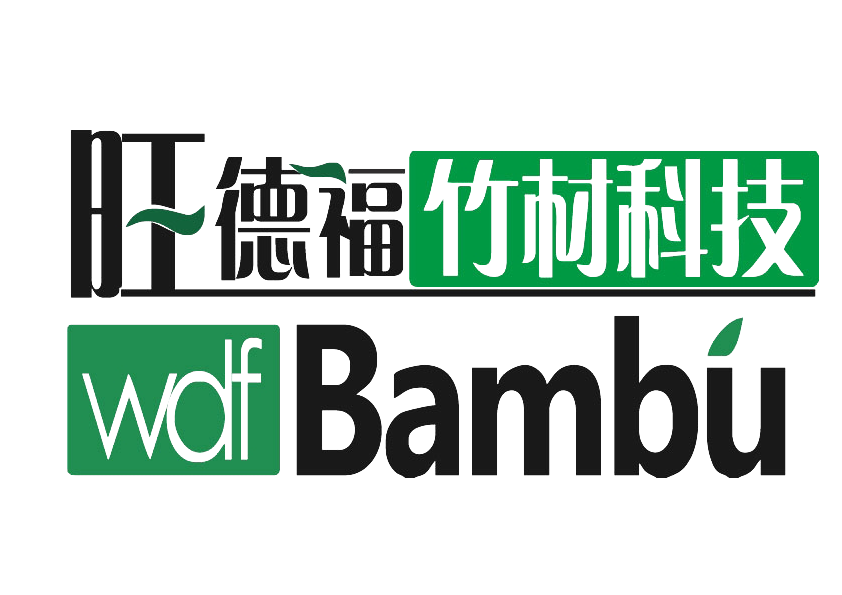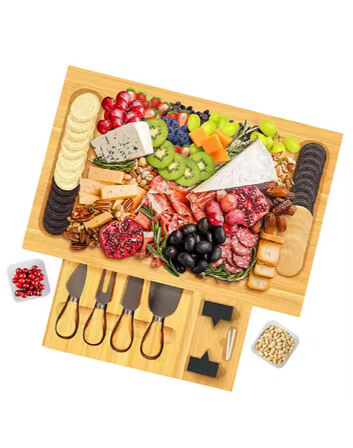What is a Charcuterie Board? Origins & Modern Appeal
The history of charcuterie traditions
The art of charcuterie started in France way back in the 15th century. Back then, it was all about preparing and preserving meats for long periods without refrigerators. People needed ways to keep their meat safe and edible, so they came up with methods like curing, smoking, and adding salt to make sure it lasted through tough times. Fast forward to today, charcuterie boards are no longer just about cured meats anymore. They now include all sorts of cheeses, breads, pickles, olives, fruits, nuts, and whatever else looks good on the plate. The best ones strike a nice balance between traditional elements and what people actually want to eat these days. We can see this shift everywhere at parties and restaurants where charcuterie boards have become practically mandatory for any gathering worth mentioning.
Why charcuterie boards dominate social gatherings
People love charcuterie boards at get-togethers because they look so good and make everyone feel welcome right away. When laid out nicely on a wooden board or tray, these spreads actually get people talking to each other and moving around the room, creating that buzz we all want at parties. What makes them special is how they offer something for almost every taste bud out there. Someone might grab some prosciutto while another person prefers the olives or cheese samples. This mix works wonders for making sure no one feels left out, especially when folks can just pick what they like without worrying about dietary restrictions. A recent study from the National Association of Catering and Events found that how food looks really matters to guests overall experience. That explains why charcuterie boards keep showing up as must-have items for birthdays, weddings, and other celebrations where first impressions count.
Essential Components of a Charcuterie Board
Cured Meats: Types and Flavor Profiles
What makes a great charcuterie board really shine? The variety of cured meats, no doubt about it. Think prosciutto, salami, chorizo, maybe even some pate mixed in there too. Each one brings something different to the plate. Prosciutto has this subtle sweetness that just melts in your mouth, whereas chorizo packs quite a punch with its heat. When putting together a board, mixing those strong flavors with something softer helps balance things out and makes the whole experience better. People actually seem to be eating more of these kinds of meats lately. The Specialty Food Association reports around 5% growth per year in this market segment, which shows just how much folks are getting into charcuterie nowadays.
Cheese Varieties: Balancing Textures and Intensities
When putting together a good charcuterie board, having a variety of cheeses really makes all the difference. Think about including some soft ones alongside harder varieties, maybe even throw in an aged cheese or something blue if that's your thing. The different textures create interesting contrasts on the plate. Flavor balance matters too. If there's a strong tasting cheese somewhere, it often works well next to something milder and creamier. This helps highlight what makes each cheese special without overwhelming anyone's taste buds. Many people like adding at least one locally made cheese to their boards. Not only does this help small dairy farms stay in business, but it gives the whole arrangement a bit more character and connection to where we live.
Accompaniments: Crackers, Fruits, Nuts, and Spreads
The right accompaniments really make or break a good charcuterie board experience. Think about adding some artisan crackers alongside dried apricots and almonds for extra texture and depth of flavor. For spreads, hummus works great next to cured meats while tapenade adds that salty kick we all love. Fruit preserves bring sweetness that balances out the saltiness from cheeses. Many people who put together these boards recommend going seasonal when possible. Fresh berries in summer or figs during fall months look beautiful on the plate and add color contrast. Plus, offering options like gluten free crackers or vegan dips makes sure everyone at the table enjoys what they're eating without feeling left out.
Step-by-Step Assembly Guide
Selecting the right board or platter
Picking out the right board or platter sets the mood for any good charcuterie spread. Wood boards bring warmth while marble slabs offer something sleek and modern, so pick what matches the vibe you want to create. Size matters too big boards can look empty, small ones get crowded fast. A decent sized surface lets everything breathe and looks better when guests walk by. Going for non-porous surfaces makes sense practically speaking since porous woods soak up smells and flavors over time, which means cheeses might start tasting like last week's garlic bread if not careful about cleaning between uses.
Arrangement techniques for visual impact
A great looking charcuterie board starts with how things are arranged on the table. Instead of lining everything up neatly in rows, try grouping similar items together in little clusters for more visual interest. Adding height variations makes all the difference too. Small bowls work wonders for holding olives or nuts while cheese boards with built-in risers help showcase specialty cheeses. Most people who know their stuff start by putting the main cheeses in the middle first. Brie and Gouda tend to be crowd favorites so those go central. Then meats like prosciutto and salami get placed around the edges with some fruit slices or pickles thrown in between. When done right, the whole thing looks inviting enough that guests will want to dig in and discover what flavors await them next.
Layering meats, cheeses, and extras strategically
Getting the right balance matters when building these boards, and nobody wants something that looks boring or repetitive. Mixing different types of meats alongside various cheeses plus some additional elements creates a much more interesting spread overall. Putting brightly colored items beside more subdued ones really makes everything pop visually, transforming what could be ordinary into something worth looking at closely. Studies have found that how food appears actually affects how we perceive its flavor, so getting the look right does matter quite a bit after all. When someone takes time to arrange things thoughtfully, it doesn't just improve appearances either it genuinely enhances the whole eating experience for anyone who gets to enjoy the finished product.
Pro Tips for Styling and Budget-Friendly Options
Creating Color Contrast and Texture Balance
A good looking charcuterie board starts with mixing different colors and textures. Fresh fruits like strawberries and grapes pop nicely against the browns and whites of cured meats and cheese. The contrast makes everything stand out more on the plate. Smooth brie goes great with something crunchy like almonds or walnuts, while prosciutto adds that chewy texture factor. For extra flair, sprinkle some fresh thyme or rosemary around the board. These little touches do wonders for how it looks and smell amazing too, making guests want to dig in right away.
Pairing with Wines, Beers, and Non-Alcoholic Options
When putting together a charcuterie board, adding drinks really makes the whole experience better because it brings out all those flavors we love so much. For example, pairing certain wines or beers with particular meats and cheeses just works wonders for creating that perfect flavor balance everyone talks about. And if someone wants something without alcohol, there are plenty of great alternatives too. Flavored sparkling water or craft sodas offer a nice refreshing change that still plays nicely with everything else on the board. Generally speaking, heavier meats go best with bold reds since they stand up to those strong tastes. Lighter items like fresh fruits or delicate cheeses tend to shine alongside crisp white wines or gentle lagers though. Most people who know their stuff will tell us this is how it goes.
Affordable Ingredient Swaps and Bulk-Buying Hacks
It's totally possible to make a great charcuterie board without spending a fortune if we swap out some ingredients strategically and shop wisely. Local cheeses often come at better prices than fancy imported ones, and they still taste amazing when selected properly. Buying in bulk works wonders for things like crackers, nuts, and dried fruits which tend to be expensive per ounce otherwise. Making a simple list before heading to the store keeps us from grabbing whatever catches our eye at checkout. A well thought out plan means fewer wasted dollars and a nicer spread overall. With these tips, anyone can put together a beautiful board that impresses guests without emptying their wallet.
FAQ
What is the origin of a charcuterie board?
Charcuterie originated in France during the 15th century as a method to preserve meats before the invention of refrigeration. Over time, it evolved to include various cheeses and accompaniments, making it a popular choice for modern social gatherings.
Why are charcuterie boards popular at social gatherings?
Charcuterie boards are visually appealing, invite interaction, and cater to diverse tastes and dietary needs, making them ideal for parties and events.
What are essential components of a charcuterie board?
Key components include cured meats, various cheese types, and accompaniments like crackers, fruits, nuts, and spreads.
How do you arrange a charcuterie board for visual impact?
Arrange items in clusters, incorporate different heights for dimension, and start from the center with focal items like cheese.
How can I create a charcuterie board affordably?
Use local cheese alternatives, bulk-buy staples like crackers, and create a checklist to avoid impulse purchases while keeping expenses manageable.



 Home
Home